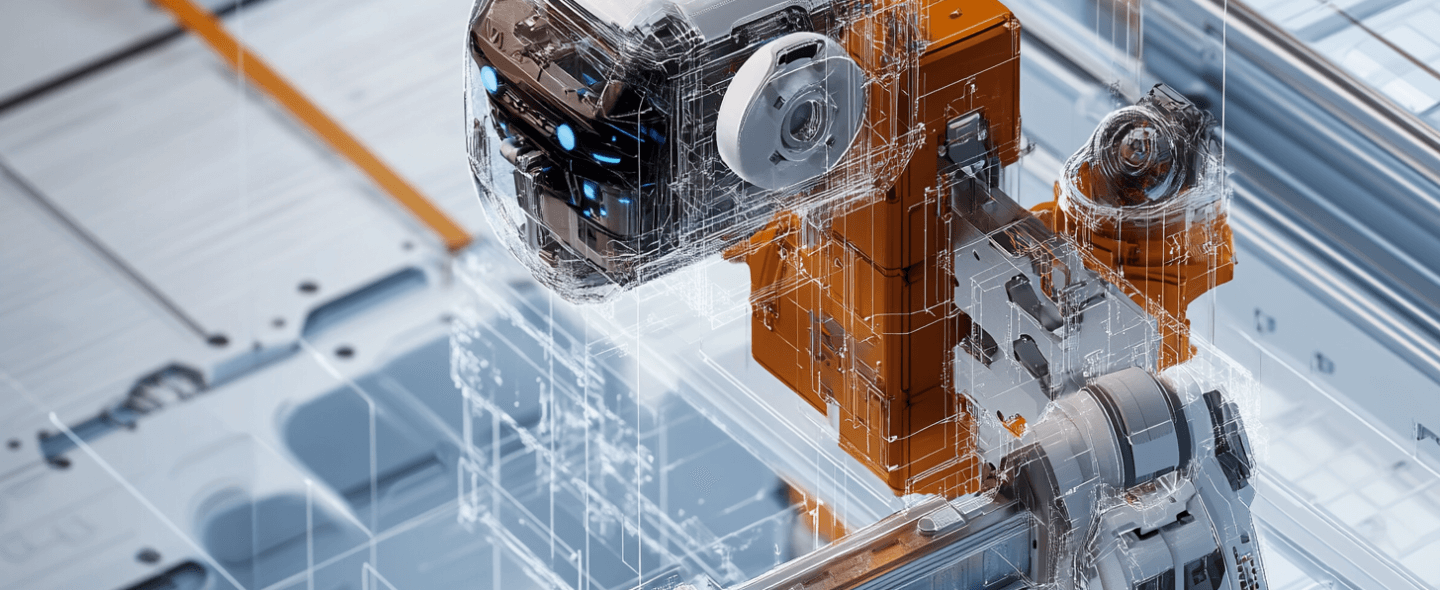The Next Wave of Innovation: How Emerging Technologies Are Shaping the Future

In today’s rapidly evolving digital landscape, technology continues to redefine the way we live, work, and connect. From artificial intelligence to quantum computing, the next generation of technological advancements promises to reshape industries, enhance human capabilities, and challenge traditional norms. As we enter an era of unprecedented innovation, understanding these emerging technologies is crucial for both individuals and organizations aiming to stay ahead of the curve.
Artificial Intelligence: The Core of Modern Innovation
Artificial Intelligence (AI) has evolved from being a futuristic concept into a fundamental component of modern technology. It now powers everyday tools — from virtual assistants and chatbots to predictive analytics in healthcare and finance. Machine learning and deep learning algorithms have enabled systems to analyze vast amounts of data, detect patterns, and make decisions faster and more accurately than humans.
In the business world, AI has become an engine of productivity. Automated processes reduce human error, streamline workflows, and provide valuable insights for data-driven decisions. For example, AI in marketing allows for hyper-personalized content, predicting customer behavior with remarkable precision. In manufacturing, AI-driven robots enhance efficiency, while in healthcare, AI aids in early disease detection, improving treatment outcomes.
However, the growth of AI also brings ethical and social challenges. Questions about data privacy, job displacement, and algorithmic bias have become increasingly relevant. The global conversation is now shifting toward developing responsible AI — technology that prioritizes transparency, fairness, and accountability.
Quantum Computing: The Future of Processing Power
If AI represents intelligence, quantum computing represents the raw power that could take it to unimaginable heights. Quantum computers operate using qubits instead of classical bits, allowing them to process exponentially more data at once. This capability could revolutionize complex problem-solving in fields like cryptography, medicine, logistics, and climate modeling.
Companies like IBM, Google, and Intel are investing heavily in quantum research, racing to achieve “quantum supremacy” — the point at which quantum computers outperform the best classical supercomputers. For instance, quantum algorithms could optimize supply chains in seconds, simulate chemical reactions for drug discovery, or enhance cybersecurity by creating virtually unbreakable encryption methods.
Although still in its infancy, quantum computing holds immense potential. The biggest challenges lie in stabilizing qubits, reducing error rates, and scaling the technology for practical applications. Once these hurdles are overcome, quantum computing could become the cornerstone of next-generation innovation.

5G and Beyond: The Age of Hyperconnectivity
The rollout of 5G networks is transforming how devices communicate. With ultra-fast speeds, low latency, and massive connectivity, 5G is the backbone of the Internet of Things (IoT), smart cities, autonomous vehicles, and immersive digital experiences. This new era of hyperconnectivity allows billions of devices — from smartphones to industrial sensors — to exchange information in real time.
For consumers, 5G means faster downloads, seamless streaming, and more reliable connections. For industries, it means automation and remote operation at a scale never seen before. For example, 5G enables surgeons to perform operations remotely using robotic systems, or engineers to monitor and control machinery in distant facilities.
Looking ahead, research is already exploring 6G technology, expected to offer terabit speeds and even greater network intelligence through AI integration. The convergence of 5G, IoT, and AI will create an ecosystem where connectivity is not just fast — it’s intelligent, adaptive, and omnipresent.
The Rise of the Metaverse: A New Digital Frontier
The concept of the metaverse — a collective virtual shared space — is moving from science fiction to reality. Built upon virtual reality (VR), augmented reality (AR), and blockchain technologies, the metaverse promises a new dimension of digital interaction. Users can socialize, work, play, and even own assets within these immersive environments.
Tech giants such as Meta (formerly Facebook), Microsoft, and NVIDIA are investing billions into building metaverse infrastructure. The potential extends far beyond gaming; virtual workplaces, digital real estate, and NFT-based economies are already taking shape. For businesses, the metaverse offers opportunities to engage customers through experiential marketing, virtual showrooms, and interactive brand spaces.
However, as with any transformative technology, challenges remain — including issues of identity, privacy, and digital ownership. Ensuring equitable access and governance within the metaverse will be key to its sustainable growth.
Sustainability and Green Tech: Building a Smarter Planet
As the world grapples with climate change, technology is emerging as both a problem and a solution. The tech industry’s carbon footprint is significant, but innovations in renewable energy, smart infrastructure, and sustainable computing are paving the way toward a greener future.
Advances in clean energy — from solar and wind power to energy storage and smart grids — are transforming how we produce and consume electricity. AI-driven energy management systems optimize resource use, while IoT sensors help monitor environmental conditions in real time. Even data centers, known for their high energy demands, are being redesigned for efficiency through liquid cooling, renewable power integration, and carbon offsetting.
Green tech is not just an ethical choice — it’s becoming an economic necessity. As regulations tighten and consumer awareness grows, companies embracing sustainability through technology gain a competitive edge.
Cybersecurity: The Digital Shield of the Future
With increased connectivity comes increased vulnerability. Cybersecurity has become one of the most critical aspects of the digital age. As AI, IoT, and 5G technologies expand the attack surface, organizations are investing heavily in defense systems that can predict, detect, and respond to threats in real time.
Next-generation cybersecurity solutions leverage machine learning, blockchain, and zero-trust architectures to secure sensitive data. For individuals, the rise of biometric authentication and privacy-focused browsers offers better protection. Yet, cyber threats continue to evolve — from ransomware and phishing to deepfakes and AI-driven attacks — demanding constant vigilance and innovation.
In the coming years, cybersecurity will not just be about defense but about resilience — designing systems that can adapt and recover from disruptions swiftly.

Conclusion: Navigating the Technological Horizon
The pace of technological evolution shows no signs of slowing. As AI grows smarter, quantum computers become more powerful, and digital ecosystems expand, the line between physical and virtual worlds continues to blur. These emerging technologies offer immense promise — improving lives, advancing science, and driving economic growth — but they also demand thoughtful integration, ethical oversight, and global cooperation.
The future of technology will not be defined by any single innovation but by how these advancements converge and interact. Success in this new era will depend on adaptability, education, and a commitment to harnessing technology for the greater good. Whether in business, healthcare, education, or entertainment, one thing is certain: the future belongs to those ready to embrace and shape it.










